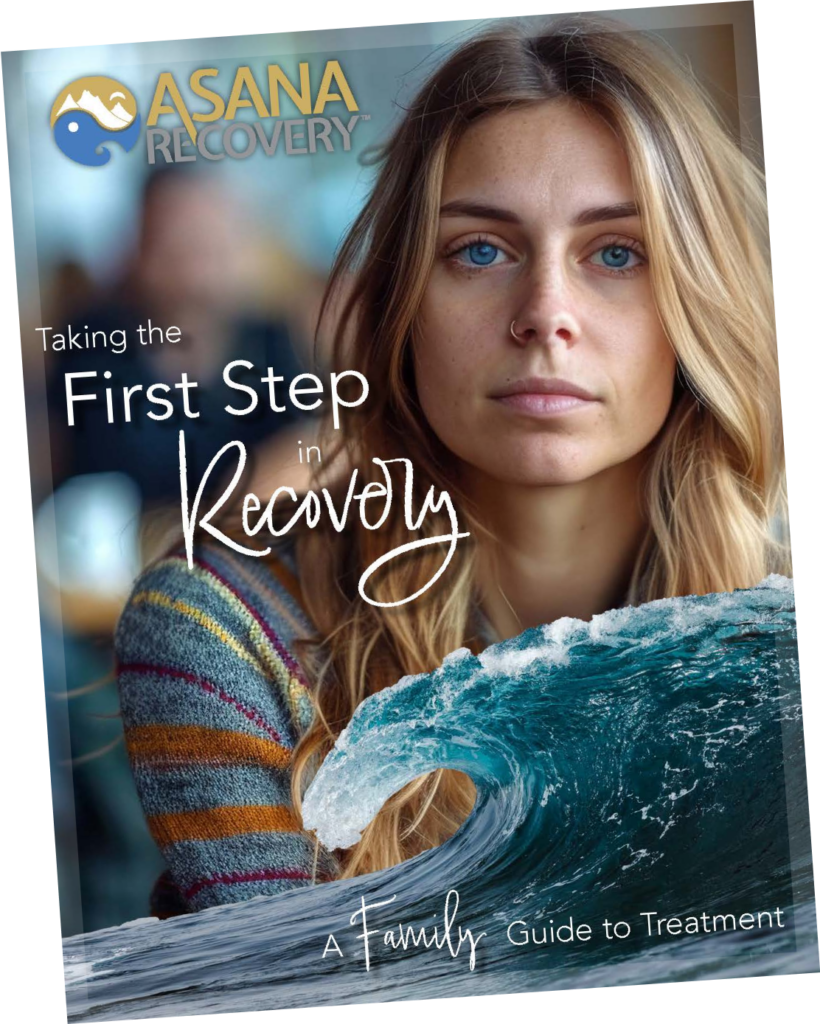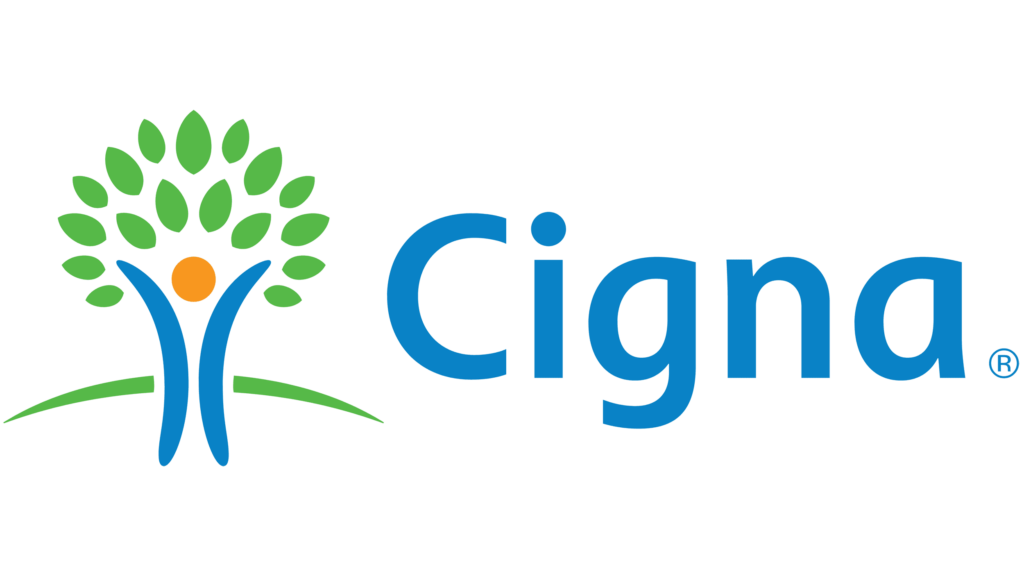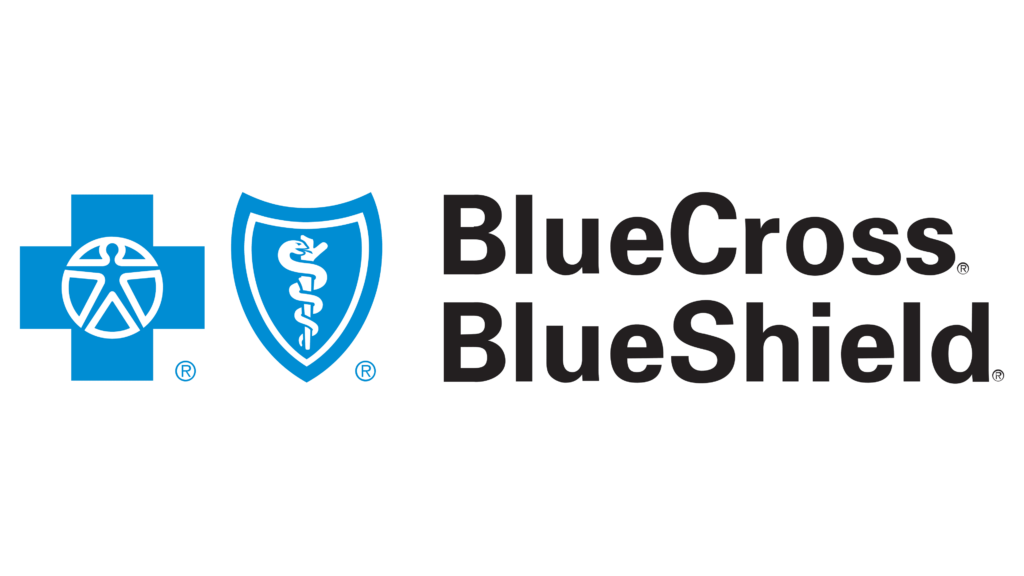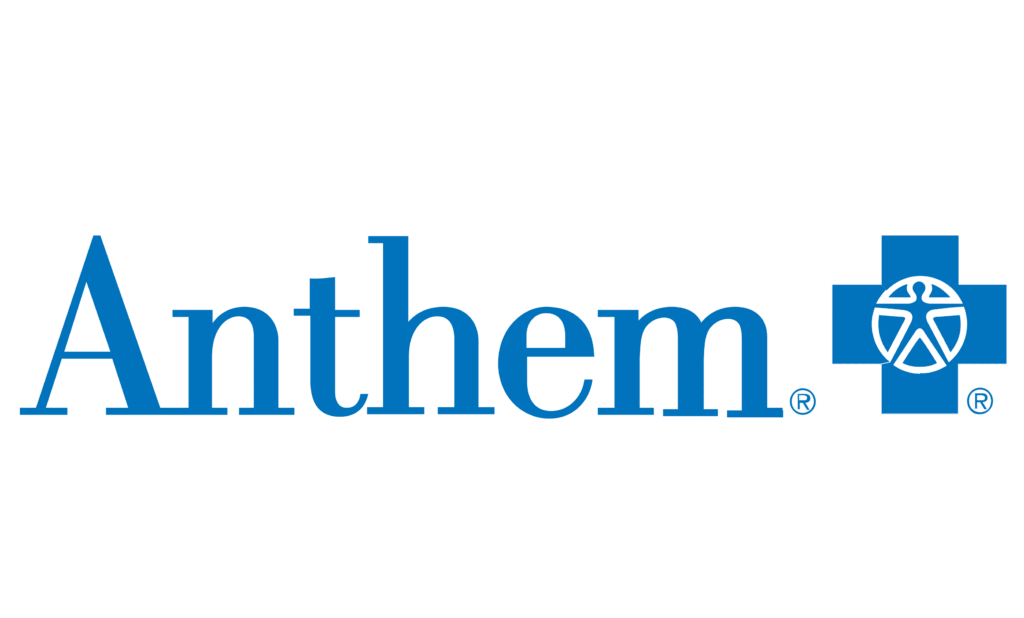The tech world, with its fast-paced innovation and high expectations, is often seen as a symbol of progress and success. But beneath the surface of sleek gadgets and groundbreaking software, there’s a hidden struggle that many tech professionals face: the misuse of prescription painkillers. The pressure to perform, long hours, and constant deadlines can create a perfect storm for substance abuse, including dependence on prescription pain medication. This isn’t about pointing fingers; it’s about acknowledging a real problem and finding solutions together. Many individuals in the tech field turn to these medications to cope with stress, injury, or just the relentless demands of their jobs. The thing is, what starts as a way to get through the day can quickly turn into a cycle of addiction that can be incredibly tough to break. We’re here to shine a light on this issue, to share some facts, and most importantly, to offer a path toward healing and recovery. If you are finding yourself or someone you care about struggling, remember you’re not alone, and help is available right here in Orange County.
We understand that talking about this can be scary, especially within the often-competitive tech environment. Many people fear judgment or worry about their careers. That’s why it’s so important that this conversation is happening, so that people can come forward and seek the help they need, without fear. At Asana Recovery, we’ve seen the impact of prescription painkiller misuse firsthand, and we’re dedicated to providing a safe, understanding space for recovery. Let’s get started so we can understand the challenges tech professionals face and begin to look at solutions, so that life can get better. Don’t wait any longer to Contact Us to learn more about how we can support you.
Let’s break down exactly what we mean by “prescription painkiller misuse.” Prescription painkillers, also known as opioids, are powerful medications prescribed by doctors to relieve pain. Common examples include medications like Vicodin, OxyContin, and Percocet. They work by attaching to receptors in the brain and body, reducing the sensation of pain. However, they also produce a feeling of euphoria, which can lead to misuse and addiction. This happens when someone starts taking these medications in ways that are not prescribed. For instance, they may take a higher dose than prescribed, take them more often than prescribed, or take them for reasons other than pain relief. People may also take someone else’s prescription, which is also misuse and against the law.
It’s vital to recognize the signs of misuse. They can include needing to take more of the medication to get the same effect (tolerance), experiencing withdrawal symptoms when trying to cut back or stop, an increase in fatigue or sleepiness, changes in mood, or a preoccupation with getting more of the drug. It’s also important to note that physical changes, like unexplained weight changes or changes in hygiene habits, could also be related to misuse. Over time, this misuse can lead to long-term health problems, including liver and kidney damage, respiratory issues, and heart problems. There are also some serious risks with misusing pain killers including accidental overdose, which can have fatal consequences. The impact isn’t just physical. It can affect your work performance, your relationships, and your overall mental health. Recognizing these signs early is the first step toward recovery. If you or someone you know is showing these signs, it’s okay to ask for help. Reach out to us or another treatment center; it’s a sign of strength, not weakness. At Asana Recovery, we can help with Medically-Assisted Detox if needed.
The tech industry, with its culture of long hours and constant pressure to innovate, can be a breeding ground for substance misuse. The ‘work hard, play hard’ mentality, while sometimes seen as a badge of honor, can mask real problems. The stress and burnout associated with demanding projects and tight deadlines often lead people to seek ways to cope, and unfortunately, prescription painkillers can become that solution for some. There’s a culture of being “always on,” which means that breaks and personal time get pushed aside and this can lead to using pain medications for emotional numbing. It’s like you are pushing yourself so hard that you are trying to numb yourself from the feeling of pain and exhaustion. This can get very dangerous quickly because you are masking the problem instead of finding a solution to the problem, you just turn to drugs.
Remote work, while offering flexibility, can also contribute to isolation and loneliness. This isolation can increase the risk of misuse because people might feel like they have nowhere to turn. Without the structure of a traditional office environment, boundaries between work and personal life can blur, leading to more stress and increased reliance on substances to cope. You may find yourself working more and socializing less, or finding that you are only socializing when you are also using these drugs. We’ve heard stories of people in the tech world who’ve felt trapped by the demands of their jobs, who’ve used painkillers to get through projects, and who’ve struggled with the isolation of working from home. These are not unique stories. This happens in so many work environments. It can even seem like everyone around you is doing it too. But it doesn’t make it right. It just shows you the depth of the problem. If you find that you’re struggling with this, remember there’s hope and you can get through it. Consider talking to a professional at Asana Recovery for a safe space to share your feelings. It could be the first step toward a healthier life; Contact Us today.
Asana Recovery works with most PPO plans, covering up to 100%. See if your insurance can help fund your journey. Click below to get a free quote.

We get it. Addiction recovery is tough. That’s why our programs are founded and staffed by people in recovery – people who truly understand.
One of the biggest hurdles to seeking help for prescription painkiller misuse is the fear of being judged. Especially within the tech community, people might worry about the professional impact or social stigma that could be attached to seeking help. That’s why we emphasize the importance of privacy and confidentiality. It’s crucial to know that it’s okay to want to keep your journey private. The truth is that many people who struggle with substance misuse feel ashamed and like they are the only ones, when in reality, so many more people than you realize feel the same way. There are various ways to find support anonymously. You can start with hotlines and online forums. These offer an immediate way to get in contact with someone who understands what you are going through without having to reveal your identity. They can provide valuable guidance and a sense of community. There are many 12 step groups too that are offered online so you can stay completely anonymous.
At Asana Recovery, we deeply understand the need for privacy. We go to great lengths to ensure that all communications and treatment details are kept confidential. We have HIPAA compliant practices and procedures, so that you can feel safe sharing. Our staff is dedicated to providing a secure, non-judgmental environment, where you can be yourself. We see you as a person not a number and we offer very individualized care. We want you to feel like you can openly talk about the challenges you are facing. When people feel safe and supported, they are more likely to seek the help they truly need. If you’re worried about others finding out, please know that we prioritize your privacy above all else. Your recovery journey is your own, and we’re here to support you every step of the way with the privacy you deserve. If you want to know more about how we protect your privacy or want to ask questions about treatment options, call us today or Contact Us here.
At Asana Recovery, we offer a wide array of treatment options specifically designed to help individuals recover from prescription painkiller misuse. We know that every person’s journey is different, and therefore we approach treatment in a very individualized way. We start with a comprehensive assessment to understand the unique circumstances of each individual. This allows us to create a personalized treatment plan that best meets their needs. Our services are designed to address not just the addiction itself, but also the underlying causes and contributing factors. We understand that simply dealing with the symptoms without addressing the root cause is not effective.
Our services include the Intensive Outpatient Program (IOP), which provides structured support while allowing you to live at home. This program is ideal for people who need consistent care but are not in need of full time residential treatment. We also offer Cognitive Behavioral Therapy (CBT), a therapy modality that helps you understand and change the thought patterns and behaviors associated with your addiction. Medication-Assisted Treatment (MAT) is another key component of our approach. We know medication can be a very helpful component of treatment. MAT uses medications to help manage withdrawal symptoms and reduce cravings, making it easier to stay in recovery. For those who need help navigating relationship issues related to addiction, we provide couples therapy. We believe that families play a big role in recovery and having that extra support can make a big difference.
We also understand how valuable it is to have a safe space for recovery. Our facility is designed to be comfortable and supportive. At Asana Recovery, we don’t just treat the addiction; we treat the whole person. We encourage you to explore our Pet-Friendly Rehab program because we know how much support animals can give to people in recovery. We also focus on skills that will be useful for lifelong sobriety. We also have a comprehensive Dual Diagnosis Treatment for individuals who may also be struggling with a mental health disorder. Our team of compassionate professionals is dedicated to helping you or your loved one find lasting recovery. We’ve seen countless success stories, and we’re confident that we can help you, too. Don’t take our word for it, consider exploring our Mental Health Outpatient Treatment options today, as mental health issues are often present with addiction issues.
We understand that one of the first concerns people have when considering rehab is how to pay for it. We believe that accessing the care you need should be easy and stress-free. That’s why we make it as straightforward as possible to verify your insurance coverage. Our team will work with you directly and with your insurance company to check what your policy covers for treatment and determine what your out-of-pocket costs would be. This way, there are no surprises and you can focus on your recovery, not worrying about the financial aspect of it. We accept most common insurance plans, and we are always happy to explain to you and your insurance company how we can make it work, so you or your loved one can get the care they deserve.
Navigating insurance can be complicated, so we strive to make it as seamless as possible. When you contact us, we will ask for your insurance information and we will do all of the legwork for you so you don’t have to. We will explain to you what is covered and what isn’t, so that you are able to make the best decision for your specific situation. If you have questions about which insurance plans we accept, visit our Insurance Verification page or Contact Us and we’ll be happy to assist you. We also offer Private Pay and Payment Options, so there are other ways to pay for your treatment. We believe that financial limitations shouldn’t be a barrier to receiving the help you need. Let us help you figure out a way to make treatment affordable and accessible. We are here to help support you in finding the right care and the right path toward recovery.
If you suspect that a colleague, a loved one, or even you may be misusing prescription painkillers, it’s important to take action. It’s really hard to face these things, especially when you care about a person who might be struggling. The first step is to approach them with empathy and without judgment. Having an open and honest conversation about your concerns can be helpful. If it’s you that is struggling, please be kind to yourself. It takes a lot of courage to even consider that you may have a problem, so don’t let negative thoughts hold you back. Avoid blaming or accusing. Instead, focus on expressing your concern and offering support. It can be really difficult for someone to admit to having a problem and to do that they need to feel like you love them. It’s a sign of love to want the best for someone.
There are resources available for immediate help. Hotlines and online support groups can be good for an immediate way to get support and also offer guidance. These resources can provide a safe space for individuals to share their feelings and experiences. They offer a sense of community and remind people who are struggling that they are not alone. If you find yourself in a crisis situation, it’s vital to seek immediate medical attention. At Asana Recovery, we are available to help guide you. Whether it’s to seek treatment or just have an initial consultation, reach out today. You can also find us at the Contact Us page. We understand how hard it is to take that first step, but know we’re here to support you. You’re not alone. We offer everything from Alcohol Addiction Treatment to Drug Addiction Treatment. We even have programs that might be a good fit for you if you live outside of Orange County such as our Virtual IOP program. You don’t have to travel to get the help that you need.
Prescription painkiller misuse is a serious issue, especially within the high-pressure environment of the tech industry. We have walked you through some information on prescription painkiller misuse, its signs, the impact of tech culture, and the need for anonymity in seeking help. We understand that it can be an overwhelming problem and that there are many factors that make it more difficult to get help. If you feel alone and afraid, please know that many people feel the same way. We have discussed the various ways to get help and treatment options here at Asana Recovery, where your privacy and comfort are a top priority.
We have talked about how crucial it is to address this problem. It’s essential to break the stigma associated with addiction and encourage open conversations. It’s important to remember that there is no shame in seeking help; in fact, it’s a sign of courage and strength. If you are struggling, you can reach out for help. We want to encourage you to take that next step toward recovery, if you are struggling. Even if you’re not sure about treatment, but want to have someone to talk to, we are here for you. We are ready to provide you with private, compassionate care that you deserve. Our team of experts is here to support you throughout the entire recovery process. You can start by verifying your insurance and learning about your payment options. Click here to verify insurance or visit our payment options page. We believe that recovery is possible, and we want to help you achieve a healthier and happier life. Don’t delay any longer. Your journey to recovery can start today. To explore more, contact us on our Contact Us page and let’s talk about how we can help.
Take your first step towards lasting recovery. At Asana, we offer effective, insurance-covered treatment for addiction and mental health, guided by experts who understand because they’ve been there. Start your healing today.

This book has helped so many men and women; and we want to give it you for FREE. Get signed up today and discover how to unlock the grip of addiction and get back to living your best life.
In this book, you’ll discover…
— The Most Common Misconceptions About Addiction and Rehab
— Why Rock Bottom is a Myth and What You Can Do About It
–The Steps to Healing From Trauma, Both Mentally and Emotionally
–And much more!

© Copyright 2024 Asana Recovery™ | All Rights Reserved | Privacy Policy
You could save up to 100% of your treatment using your Insurance.





By submitting this form, you agree to Asana Recovery’s Privacy Policy. You also consent to Asana Recovery contacting you by phone, text message, and email regarding your insurance benefits and treatment services. You acknowledge that text messaging may involve risks, authorize the use of your Protected Health Information (PHI) for these communications, and understand you can opt-out of text messages at any time by replying “STOP”.
Asana Recovery
We firmly believe that the internet should be available and accessible to anyone, and are committed to providing a website that is accessible to the widest possible audience, regardless of circumstance and ability.
To fulfill this, we aim to adhere as strictly as possible to the World Wide Web Consortium’s (W3C) Web Content Accessibility Guidelines 2.1 (WCAG 2.1) at the AA level. These guidelines explain how to make web content accessible to people with a wide array of disabilities. Complying with those guidelines helps us ensure that the website is accessible to all people: blind people, people with motor impairments, visual impairment, cognitive disabilities, and more.
This website utilizes various technologies that are meant to make it as accessible as possible at all times. We utilize an accessibility interface that allows persons with specific disabilities to adjust the website’s UI (user interface) and design it to their personal needs.
Additionally, the website utilizes an AI-based application that runs in the background and optimizes its accessibility level constantly. This application remediates the website’s HTML, adapts Its functionality and behavior for screen-readers used by the blind users, and for keyboard functions used by individuals with motor impairments.
If you’ve found a malfunction or have ideas for improvement, we’ll be happy to hear from you. You can reach out to the website’s operators by using the following email
Our website implements the ARIA attributes (Accessible Rich Internet Applications) technique, alongside various different behavioral changes, to ensure blind users visiting with screen-readers are able to read, comprehend, and enjoy the website’s functions. As soon as a user with a screen-reader enters your site, they immediately receive a prompt to enter the Screen-Reader Profile so they can browse and operate your site effectively. Here’s how our website covers some of the most important screen-reader requirements, alongside console screenshots of code examples:
Screen-reader optimization: we run a background process that learns the website’s components from top to bottom, to ensure ongoing compliance even when updating the website. In this process, we provide screen-readers with meaningful data using the ARIA set of attributes. For example, we provide accurate form labels; descriptions for actionable icons (social media icons, search icons, cart icons, etc.); validation guidance for form inputs; element roles such as buttons, menus, modal dialogues (popups), and others. Additionally, the background process scans all the website’s images and provides an accurate and meaningful image-object-recognition-based description as an ALT (alternate text) tag for images that are not described. It will also extract texts that are embedded within the image, using an OCR (optical character recognition) technology. To turn on screen-reader adjustments at any time, users need only to press the Alt+1 keyboard combination. Screen-reader users also get automatic announcements to turn the Screen-reader mode on as soon as they enter the website.
These adjustments are compatible with all popular screen readers, including JAWS and NVDA.
Keyboard navigation optimization: The background process also adjusts the website’s HTML, and adds various behaviors using JavaScript code to make the website operable by the keyboard. This includes the ability to navigate the website using the Tab and Shift+Tab keys, operate dropdowns with the arrow keys, close them with Esc, trigger buttons and links using the Enter key, navigate between radio and checkbox elements using the arrow keys, and fill them in with the Spacebar or Enter key.Additionally, keyboard users will find quick-navigation and content-skip menus, available at any time by clicking Alt+1, or as the first elements of the site while navigating with the keyboard. The background process also handles triggered popups by moving the keyboard focus towards them as soon as they appear, and not allow the focus drift outside it.
Users can also use shortcuts such as “M” (menus), “H” (headings), “F” (forms), “B” (buttons), and “G” (graphics) to jump to specific elements.
We aim to support the widest array of browsers and assistive technologies as possible, so our users can choose the best fitting tools for them, with as few limitations as possible. Therefore, we have worked very hard to be able to support all major systems that comprise over 95% of the user market share including Google Chrome, Mozilla Firefox, Apple Safari, Opera and Microsoft Edge, JAWS and NVDA (screen readers).
Despite our very best efforts to allow anybody to adjust the website to their needs. There may still be pages or sections that are not fully accessible, are in the process of becoming accessible, or are lacking an adequate technological solution to make them accessible. Still, we are continually improving our accessibility, adding, updating and improving its options and features, and developing and adopting new technologies. All this is meant to reach the optimal level of accessibility, following technological advancements. For any assistance, please reach out to